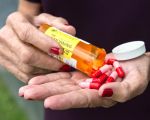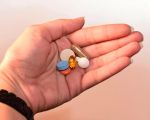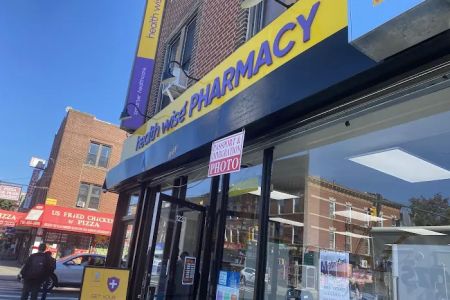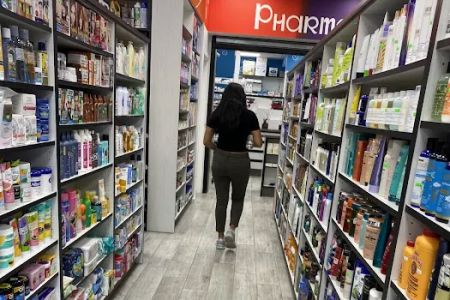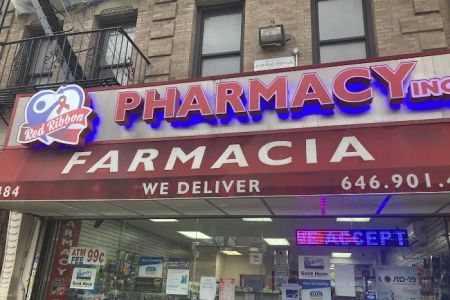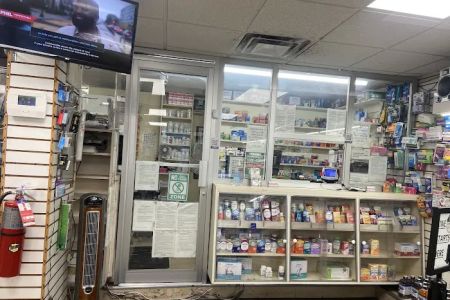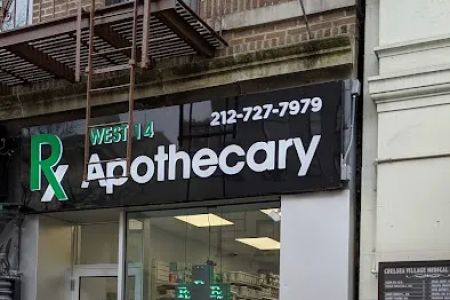How Pharmacies Handle Medication Shortages During Emergencies
During an emergency, whether it’s a natural disaster, a pandemic, or an unexpected health crisis, medication shortages can quickly become a major concern. As someone who has relied on medications for years, I’ve seen firsthand how pharmacies react during these critical times. In this article, I’ll share insights into how pharmacies manage medication shortages, how they communicate with patients, and what steps they take to ensure that those in need still have access to essential medications.
1. The Impact of Emergencies on Medication Supply
Emergencies can disrupt supply chains in ways that are hard to predict. I vividly recall the early days of the COVID-19 pandemic when pharmacies across the country were struggling to keep up with the surge in demand for certain medications. Items like pain relievers, cough medicines, and especially COVID-related treatments were in high demand, leading to significant shortages. On top of that, supply chain disruptions, such as delays in manufacturing or transportation, only exacerbated the problem.
During these times, pharmacies are often the first line of defense, especially for those who need chronic medications or life-saving treatments. When demand spikes suddenly, as it did during the pandemic, pharmacists are forced to find ways to ration medications, communicate with suppliers, and ensure that the most vulnerable populations continue to receive care. It’s not easy, but it’s an essential part of pharmacy work during emergencies.
2. Communication with Patients: Transparency and Compassion
One of the most crucial aspects of handling medication shortages is communication. From my own experiences with shortages, I know how frustrating it can be to visit a pharmacy and find that your medication is unavailable. Pharmacies often face the challenge of not only managing the shortage but also conveying this information to patients in a way that is clear, empathetic, and supportive.
During the early stages of the pandemic, I had to rely on my pharmacist to keep me informed about any changes to medication availability. Pharmacies often have to work around the clock to notify patients of shortages and to offer alternatives. In some cases, they may need to switch to a generic version of the medication or offer similar drugs. I remember being contacted by my pharmacy, where they offered me an alternative medication while keeping me informed about the availability of my regular prescription. That proactive approach was a huge relief during an already stressful time.
3. Sourcing Alternative Medications
When a specific medication is in short supply, pharmacies are often tasked with finding suitable alternatives. This is where the expertise of pharmacists comes in. They work closely with doctors, manufacturers, and distributors to ensure that patients receive the care they need, even when the original medication isn’t available. In my case, when my asthma inhaler was unavailable during a shortage, my pharmacist worked with my doctor to recommend an alternative that provided similar benefits.
Pharmacists may also suggest over-the-counter options when appropriate, or they may collaborate with other pharmacies in the area to source medications from different locations. In some cases, medications can be ordered from nearby facilities that still have stock, or pharmacies may receive priority shipments based on patient need. This process requires flexibility and constant communication to ensure that the right medication reaches the patient in a timely manner.
4. Rationing and Prioritizing Medications
One of the most challenging aspects of managing medication shortages is the need to prioritize certain patients over others. In emergencies, pharmacies may be faced with difficult decisions about how to allocate limited supplies of life-saving medications. I remember hearing from friends who had chronic conditions, and some of them had to wait longer for their prescriptions due to prioritization policies. Pharmacies often have to focus on patients with critical needs, such as those requiring emergency medications or life-sustaining treatments, while also trying to ensure that everyone receives at least some level of care.
Pharmacists make these decisions carefully, taking into account a patient’s medical history, urgency, and any alternative treatment options. Ethical considerations play a major role, and pharmacists work closely with doctors and healthcare providers to make sure that decisions are made in the best interest of the patient’s overall health and safety.
5. Leveraging Technology for Better Management
During times of crisis, technology has been a valuable tool for pharmacies in managing medication shortages. I’ve seen pharmacies implement digital systems that help track inventory, monitor supply chains, and communicate more effectively with patients. Many pharmacies now use software that can automatically notify patients when their medication is back in stock or when an alternative is available. This technology helps streamline the entire process, reducing the burden on pharmacists and improving customer satisfaction.
Additionally, online platforms and telemedicine have made it easier for patients to consult with doctors and pharmacists about alternative treatments when their regular medications are unavailable. I personally used telemedicine to discuss my options when I couldn’t get my usual prescription. It was a convenient and efficient way to address the shortage without having to make multiple trips to the pharmacy or doctor’s office.
6. Pharmacy Collaboration with Healthcare Providers and Suppliers
Collaboration between pharmacies, healthcare providers, and suppliers is essential during emergencies. In my own experience, I’ve seen how well these teams can work together to ensure that patients receive the care they need. Pharmacists often coordinate with doctors to make sure that patients get the best alternatives available. When my usual medication was unavailable, my doctor was quick to consult with the pharmacy to provide an alternative treatment plan that worked for me.
On the supply side, pharmacies are in constant contact with pharmaceutical distributors and manufacturers to track inventory and get updates on when medications will be available again. In some cases, pharmacies work with larger networks to share stock and reduce the impact of shortages. This level of coordination is key in managing the flow of medications and ensuring that shortages are resolved as quickly as possible.






